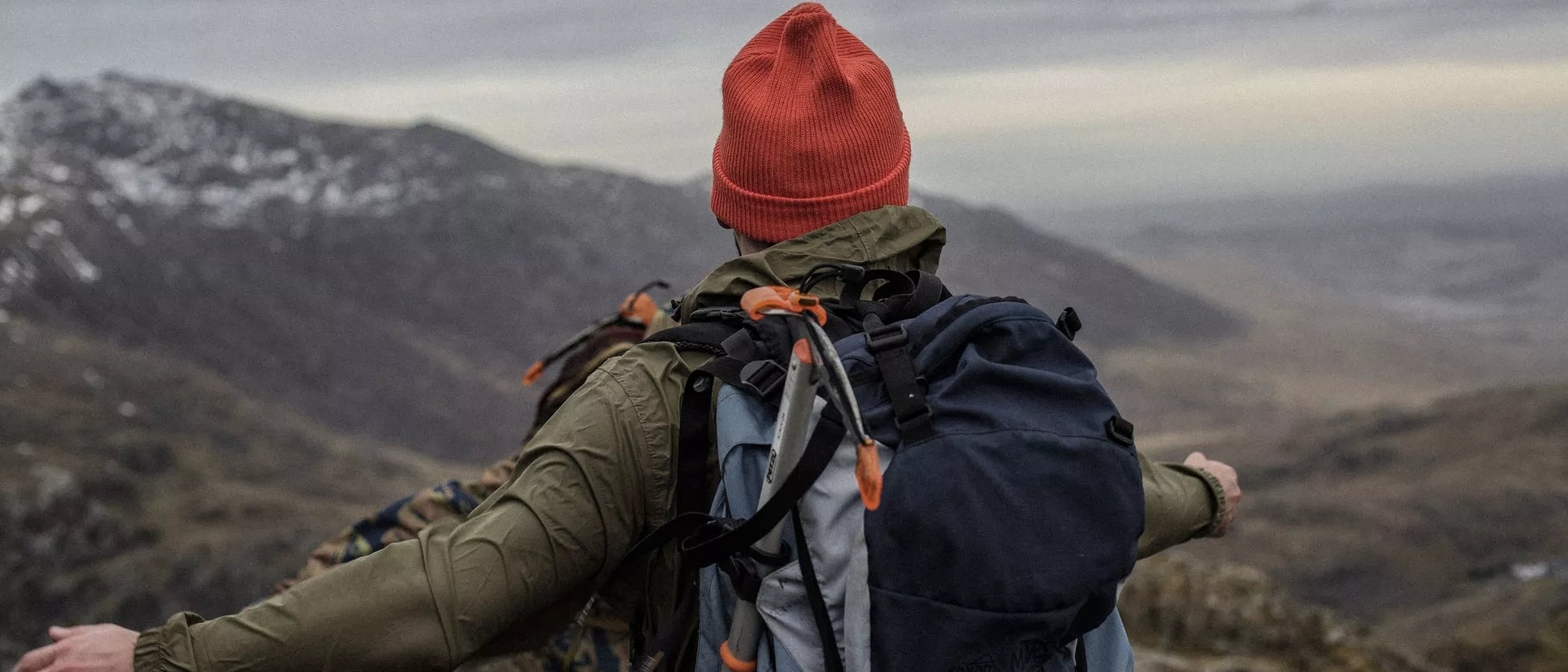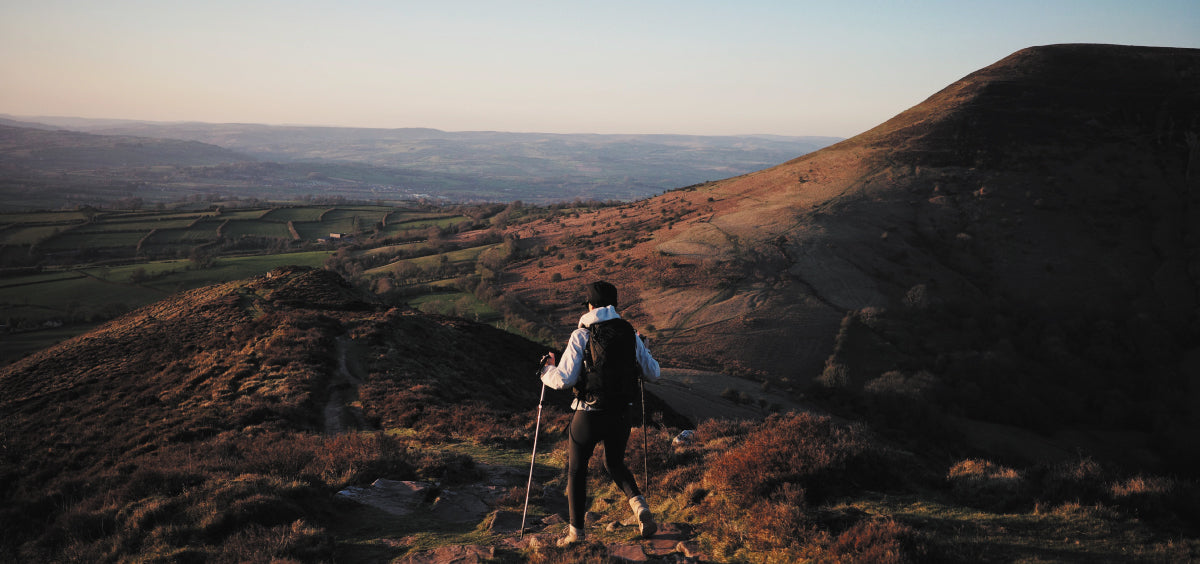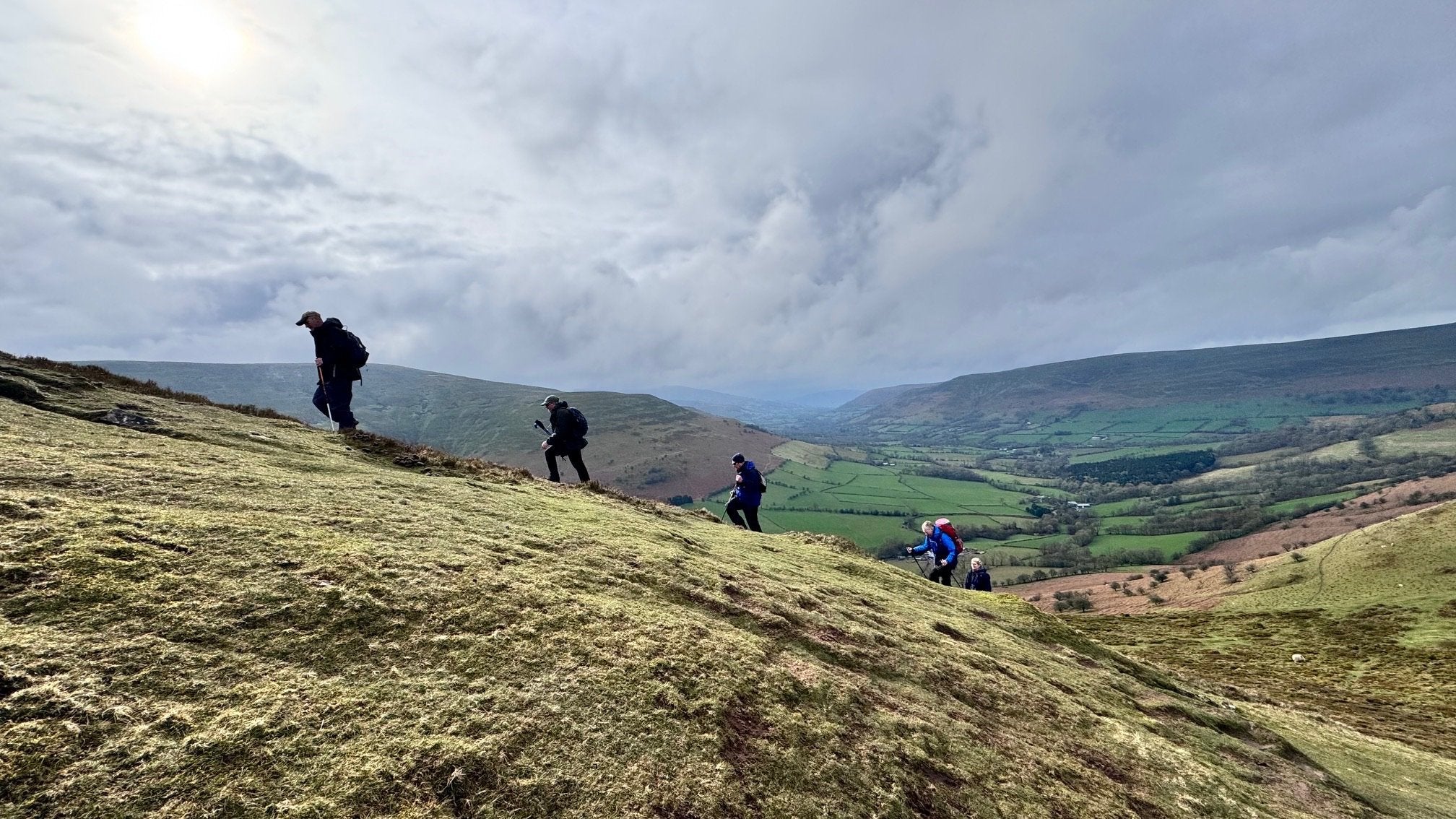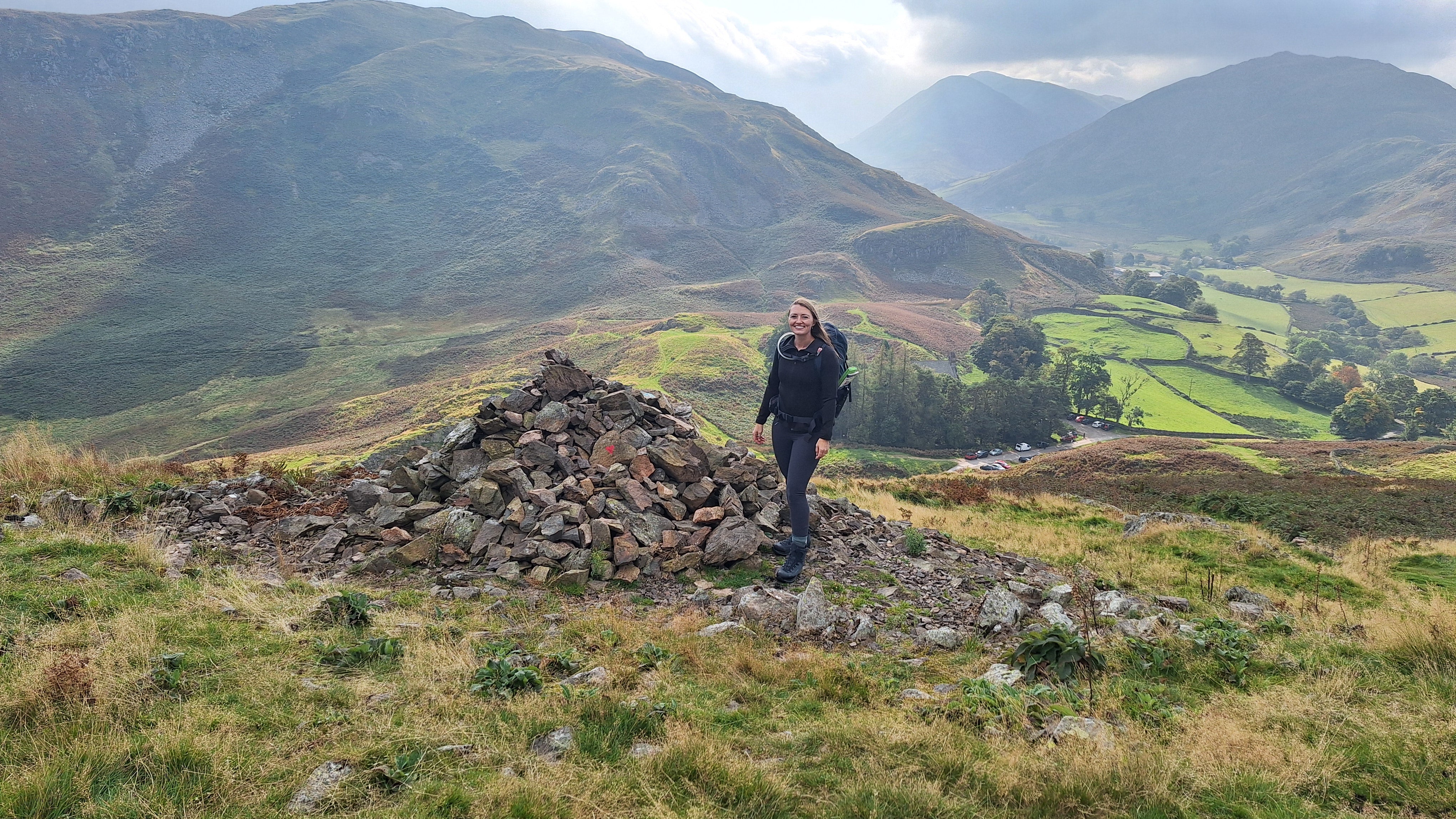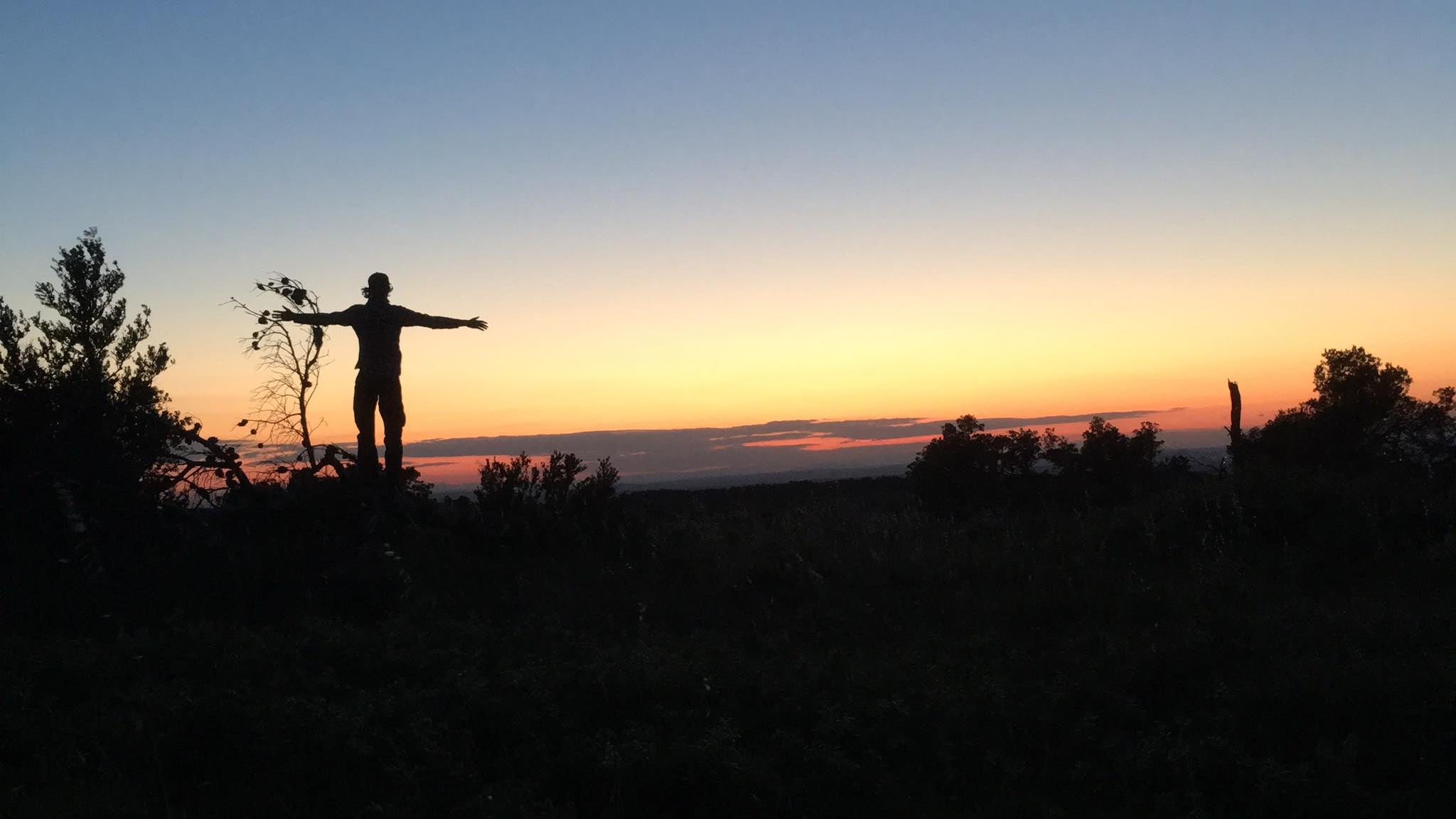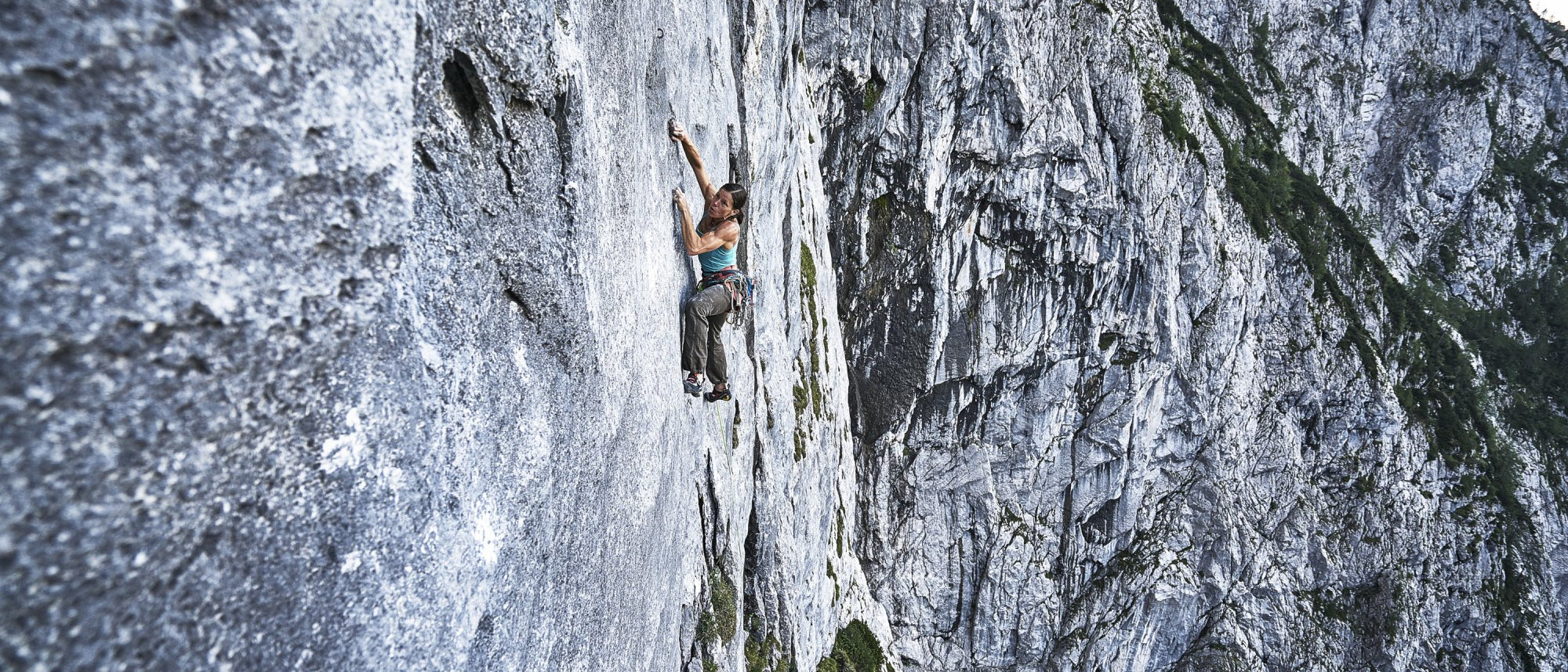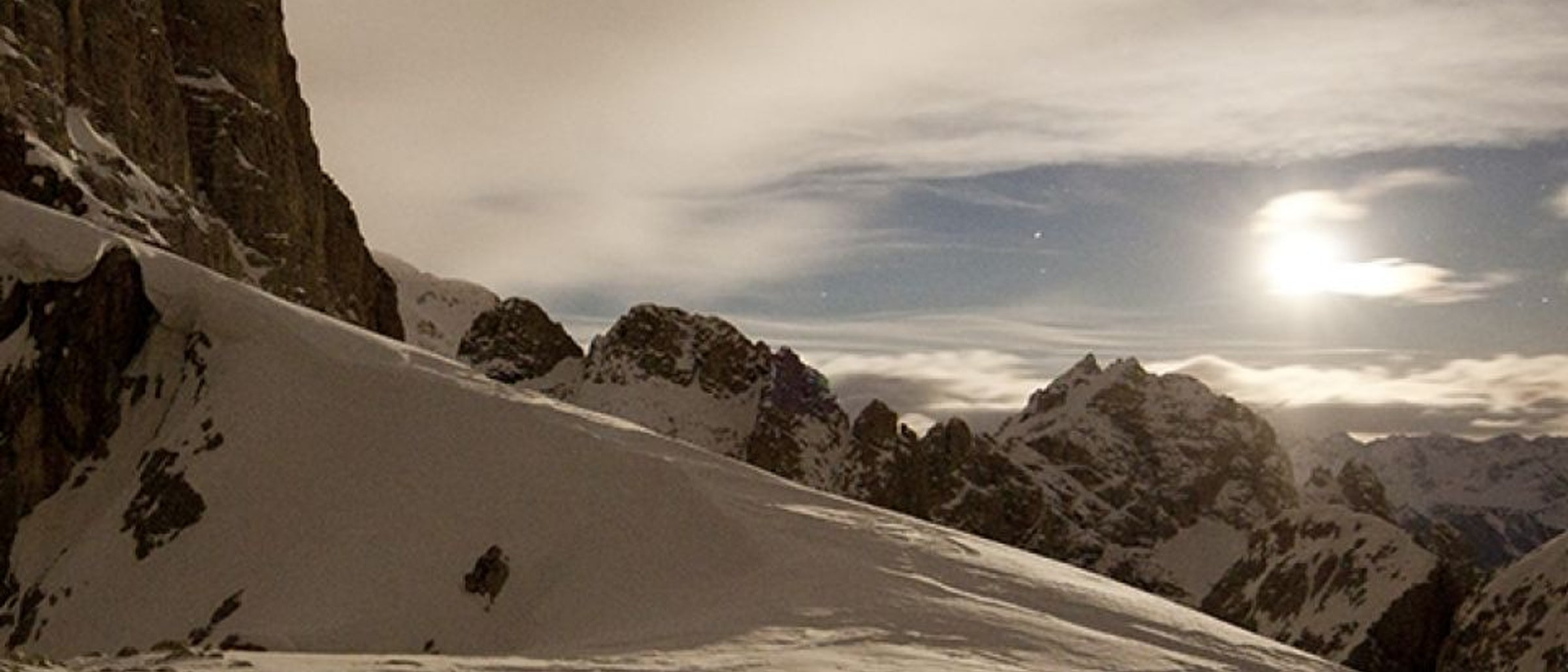Common Hiking Injuries & How to Prevent Them

Hiking is an amazing way to get active while experiencing the wonderful world of nature out there. Unfortunately, even the most experienced hikers can experience an injury every now and then. From little scrapes and bruises from tripping over a rock to more serious ailments, we take a look at some of the most common injuries you can get from going hiking, and how you can prevent them.
Even if you think yourself well prepared for a hiking trip, it is still a good idea to bring along some first aid supplies in your pack in case an accident does occur. If you are hiking a more challenging route, then learning some basic first aid skills, and signs of these injuries and illnesses can be important to ensure the safety of your hiking party.
Blisters
Blisters are one of the most common injuries that can occur when on a hike. They are caused by friction between your skin and your socks or shoes, particularly when they are ill-fitting. Ensure that your socks do not slip or move up and down as you walk, and that your hiking boots fit well – tight enough that your foot doesn’t move around as you walk, but with enough wiggle room for your toes or thicker socks!
Make sure new footwear is sufficiently broken in before you embark on your next hike, as this can easily contribute to gaining blisters. Blisters are also more likely to occur if your feet are wet, so be sure to bring a few spare pairs of socks, in case you end up stepping in a big puddle!
Sprains
Another injury that can occur when hiking is sprains, with the ankle being the most common joint casualty. The easiest way to prevent a sprain is to ensure that your hiking boots have sturdy ankle support, such as our walking boots specifically designed for women. You must also take care when walking, being particularly careful about foot placement when walking over uneven ground. Extra stability can be gained from the use of hiking poles, as they can offer extra support if you become unbalanced when traversing uneven ground.

Bug Bites
While we love sharing our hiking trails with fabulous flora and fauna, it’s undeniable that bug bites can prove very irritating, and sometimes painful. If it’s the time of year where biting bugs are out in full force, then give yourself a spray with insect repellent to help keep the bugs at bay. Make sure to check what type of bug is commonly found in the region you are walking, as different insect repellants are available for different types of bugs. If mosquitoes are a real problem on your hike route, then you could also consider wearing a mosquito head net.
Cuts
Whether you brush past sharp branches and brambles, or get a scrape from a rock when you take a tumble, there are numerous ways that you could experience a cut while out on a hike. Cuts can be difficult to prevent, as they are unexpected accidents, so just be sure to take care when passing undergrowth and walking on uneven ground. Make sure your first aid kit contains some disinfectant and plasters or bandages, so you can quickly clean and dress your wound before heading off again!
Dehydration
As with all physical activity, it is imperative that you keep hydrated during your hike. Dehydration can cause many injuries or ill-feelings, with a lack of fluids contributing to exhaustion, muscle cramping and headaches, among other ailments. Be sure to sip water regularly, or stop for a big drink every half an hour, even if you don’t feel thirsty.

Hypothermia
A far more serious hiking injury, hypothermia, can be particularly dangerous, and preventative methods must be taken to reduce the risk. Hypothermia refers to a dangerous drop in your body temperature, leaving your body losing heat quicker than it can produce it. It is very dangerous and can lead to death, so it is important to take all the necessary steps to avoid it.
If you are hiking in cold conditions, then ensure that you are wearing weather-appropriate clothing, and that the equipment that you have is suited to the conditions. It is essential to keep as dry as possible, so bring spare changes of clothes and, if possible, wear waterproof garments. Make sure that your journey is well-planned, with sheltered rest stops scheduled in to get you away from the elements. Bring along a flask of hot chocolate to keep your energy levels up and give you a warming boost. Pack a space blanket in your hiking kit, as these foil survival blankets will keep you warm in an emergency.
Hyperthermia
Hyperthermia, the opposite of hypothermia, occurs in hot conditions, when the body temperature increases too much. Keep drinking fluids to prevent dehydration and to cool the body. Wear a hat to keep the sun away from the face, and apply suncream to prevent sunburn.
While this list of potential injuries may make hiking seem like a slightly scary activity, as long as you take the proper precautions and are well prepared with the appropriate kit, then there is no need to worry!
